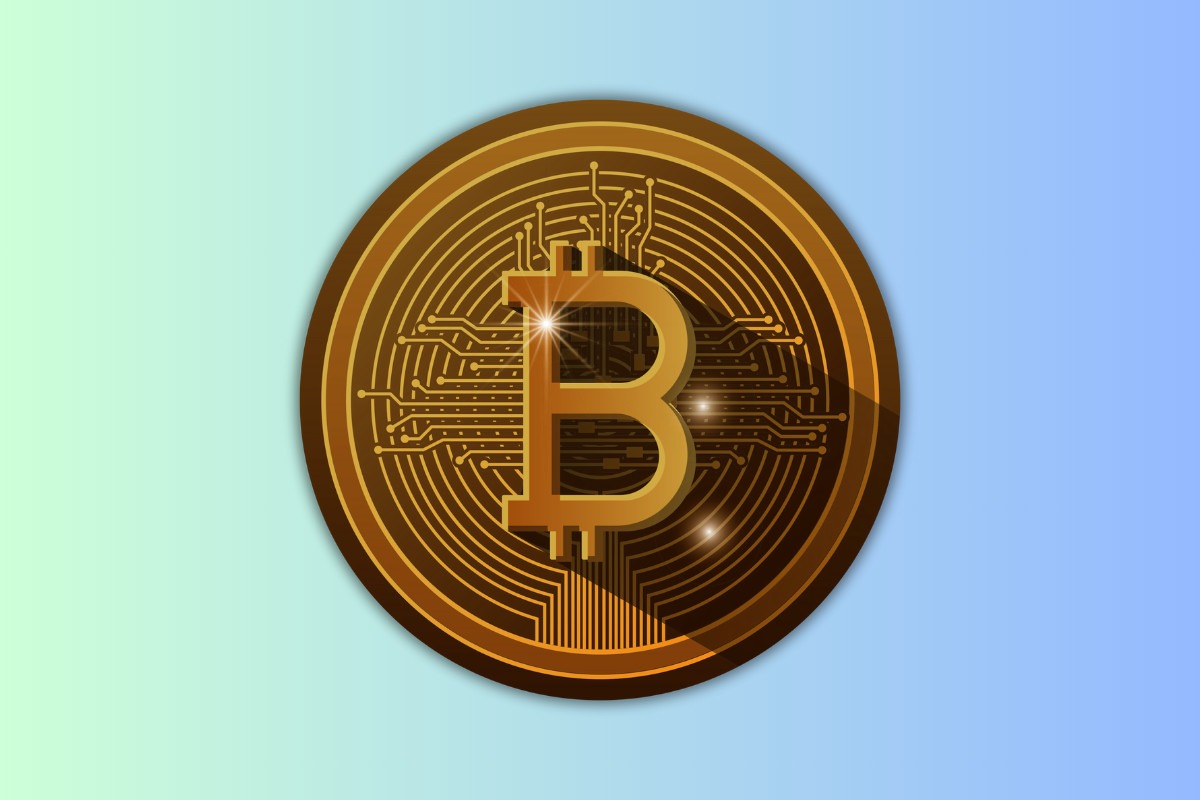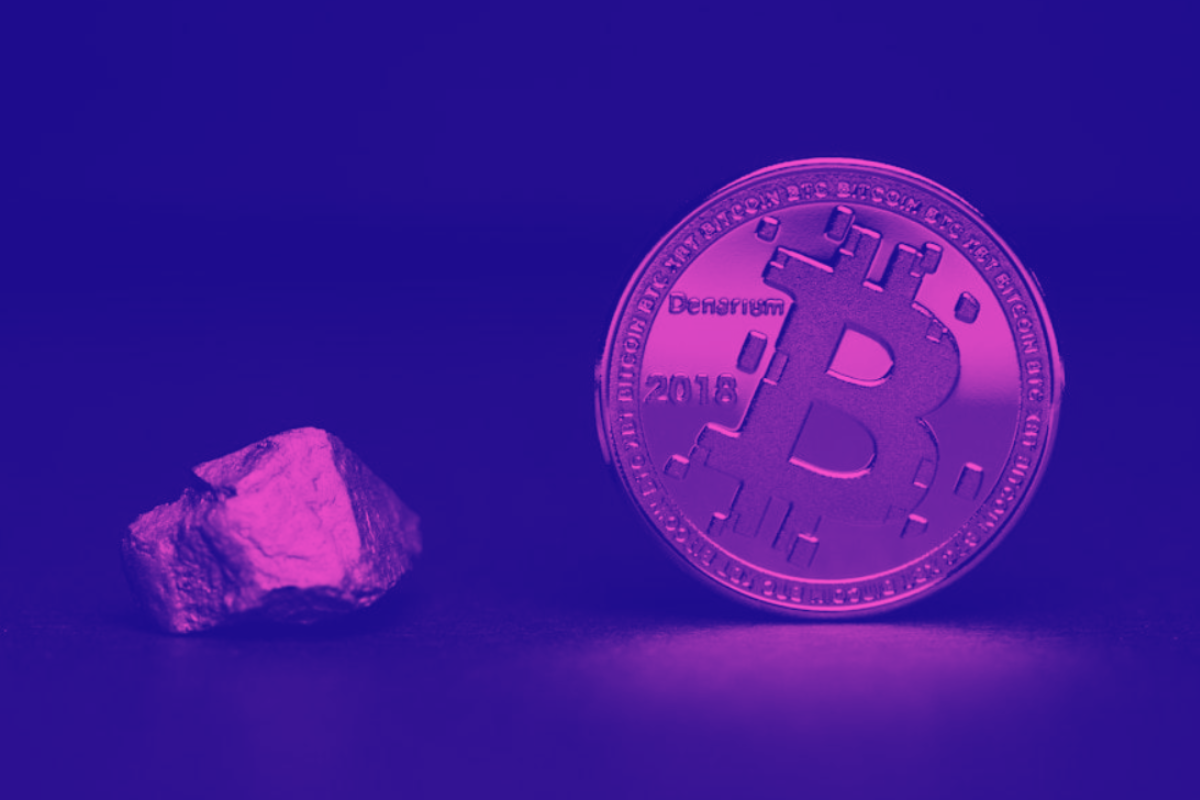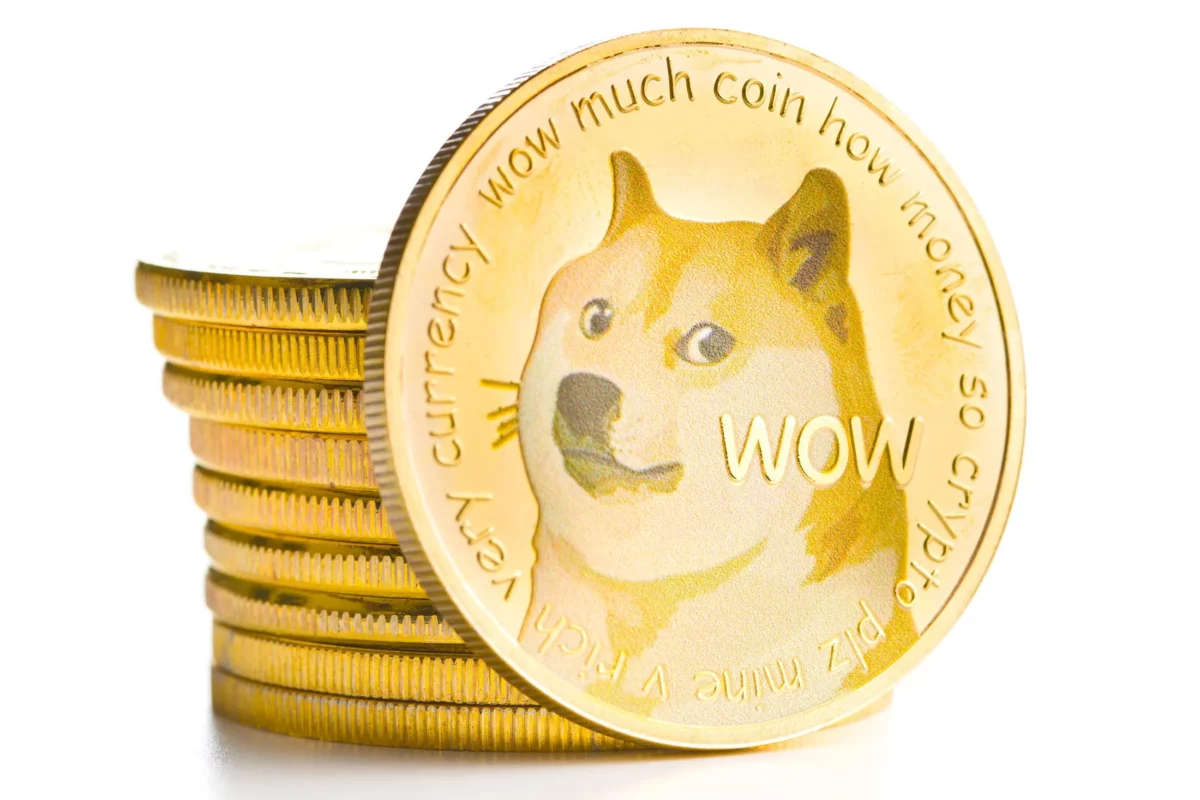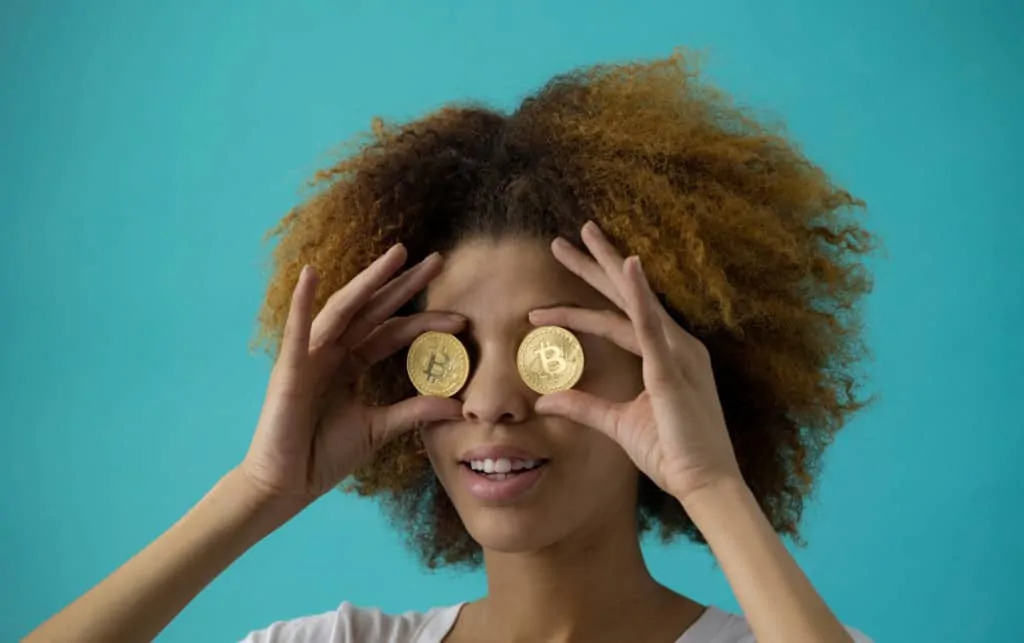The Idiot-Proof Guide to Crypto: How to Get Started
Cryptocurrency can feel like a confusing mess—blockchains, wallets, mining, and endless market crashes. Here’s a complete idiot-proof guide to getting started


Author
Kurt Langston
Check Real-Time, Live Crypto Prices:
Best Platform To Buy Crypto
We recommend Coinbase because it requires verification, implements two-factor authentication, and secures 98% of funds in offline cold storage to reduce hacking risks.
Newsletter
An Idiot’s Guide to Crypto: How to Get Started
Cryptocurrency can feel like a confusing mess—blockchains, wallets, mining, and endless market crashes.
But if you’re trying to figure out what crypto actually is, why it goes up and down, and how to buy your first digital coin, this guide has you covered.
What Is Crypto?
Cryptocurrency (or “crypto”) is a digital currency that exists entirely online.
Unlike traditional money, it isn’t controlled by governments or banks. Instead, transactions are verified and recorded on a blockchain, a secure digital ledger that tracks every trade.
Here’s what makes crypto different from regular money:
✅ Decentralized: No single authority controls it—transactions are verified by a network of computers.
✅ Digital-Only: There’s no physical version of Bitcoin or Ethereum.
✅ Borderless: You can send crypto to anyone, anywhere, without worrying about exchange rates.
✅ Highly Volatile: Prices can skyrocket or crash overnight.
Some people use crypto as an investment, hoping its value will increase, while others use it for payments or trading.
Why Is Crypto Down Today?
If you’ve checked the markets and noticed your favorite coin crashing, you’re not alone.
Crypto is known for extreme price swings, and its value can drop for many reasons:
🔻 Market Sentiment: Fear of regulations, economic downturns, or major sell-offs can trigger panic.
🔻 Regulations & Bans: Government crackdowns (like China banning Bitcoin mining) can cause price dips.
🔻 Exchange Issues: If a major exchange (like Binance or Coinbase) faces problems, it can affect the entire market.
🔻 Whale Movements: Large investors (a.k.a. “whales”) selling off huge amounts of crypto can tank prices.
The truth? Crypto prices fluctuate daily. If you’re investing, be prepared for volatility.
What Is Crypto Mining?
Crypto mining is the process of verifying transactions and adding new coins into circulation.
It’s essential for keeping blockchain networks secure and decentralized.
However, mining has become increasingly energy-intensive, drawing concerns from regulators and grid operators.
How Does Crypto Mining Work?
Miners use specialized computers to solve complex cryptographic puzzles.
These puzzles require enormous amounts of computing power, and the first miner to solve one gets to add a block to the blockchain and earn a reward in the form of new cryptocurrency.
There are two main types of crypto mining:
🔹 Proof-of-Work (PoW) Mining:
- Used by Bitcoin and several other cryptocurrencies.
- Requires miners to compete using high-powered computers to solve puzzles.
- Consumes massive amounts of electricity—Bitcoin alone uses more power than some countries.
🔹 Proof-of-Stake (PoS) Mining:
- Used by Ethereum and newer cryptocurrencies.
- Instead of using computing power, participants stake (lock up) their crypto to validate transactions.
- Far more energy-efficient than PoW—Ethereum’s energy demand dropped 99.95% after switching from PoW to PoS.
The Energy Problem: Why Is Crypto Mining Controversial?
Crypto mining has come under heavy scrutiny for its energy consumption and environmental impact.
In the U.S. alone, mining operations consume between 0.6% and 2.3% of the nation’s total electricity use.
⚡ High Electricity Demand
- The U.S. became a mining hotspot after China banned crypto mining in 2021.
- Bitcoin mining operations are so energy-intensive that Texas’ power grid (ERCOT) has over 9 gigawatts of approved mining capacity, with 41 gigawatts in requests—enough to power millions of homes.
🌍 Environmental Concerns
- Increased energy use leads to higher carbon emissions unless powered by renewable energy.
- Lawmakers have pushed for mandatory disclosure of emissions and electricity use from miners.
- Some regions have limited mining to prevent strain on local power grids.
How Big Are Mining Operations?
Crypto mining has evolved from small-scale setups to industrial-scale facilities:
- Small Miners: Individuals using personal computers or small mining rigs.
- Mid-Sized Farms: Warehouses filled with thousands of specialized mining machines.
- Mega Mining Facilities: The largest sites house 100,000+ mining rigs and consume electricity like a small city.
Mining hardware is constantly relocated to areas with cheaper electricity—many miners stack their rigs in shipping containers for quick transport.
Why Is Mining Getting Harder?
- Increased Competition: More miners = harder puzzles.
- Rising Energy Costs: Higher electricity prices cut into profits.
- Regulatory Uncertainty: Some countries are cracking down on mining operations.
Mining was once highly profitable for early adopters, but today, it requires expensive equipment, low-cost electricity, and large-scale operations to remain competitive.
What Crypto to Buy Now?
If you’re looking to invest, here are some of the most popular options:
Top Cryptos to Watch
💰 Bitcoin (BTC): The original cryptocurrency, often called “digital gold.”
💻 Ethereum (ETH): Powers smart contracts and decentralized apps.
🐶 Dogecoin (DOGE): Started as a meme, now has serious backing.
💸 Cardano: send and receive payments, and store value.
🔥 Solana (SOL): Known for its high-speed blockchain network.
Always do your research before buying—crypto markets are unpredictable!
Why Does Crypto Go Up?
While crashes are common, crypto also has massive rallies.
Here’s what drives prices higher (generally speaking):
🚀 Mainstream Adoption: Companies like Tesla and PayPal accepting crypto can boost demand.
📈 Regulatory Clarity: Favorable laws make crypto more attractive to investors.
💎 Institutional Investments: When big players like BlackRock and JPMorgan buy in, prices rise.
🔗 Tech Upgrades: Network improvements (like Ethereum’s transition to PoS) can increase value.
Crypto is cyclical—big booms are often followed by corrections.
What Is XRP Crypto?
XRP is the cryptocurrency used by Ripple, a company focused on fast and cheap cross-border payments.
Unlike Bitcoin, XRP doesn’t rely on mining. Instead, transactions are verified through a network of trusted validators, making it much faster.
Why Is XRP Popular?
✔️ Transactions settle in seconds, not minutes or hours.
✔️ Extremely low fees, making it ideal for banking use.
✔️ Used by banks and financial institutions worldwide.
However, XRP has faced legal battles with the U.S. SEC over whether it should be classified as a security.
The long-running legal battle between Ripple Labs and the U.S. Securities and Exchange Commission (SEC) continues to make waves in the crypto world.
However, despite recent positive developments, the price of XRP has failed to react as anticipated. The latest developments suggest that the case could soon come to a close, yet XRP’s price has suffered notable losses, leaving investors and analysts puzzled – Brave New Coin
The outcome of this case could impact its future price.
Is Crypto Here For The Long Haul, Or Will It Eventually Fail?

Crypto has been declared “dead” dozens of times—but it always bounces back.
Crypto’s staying power is in part a consequence of its design. No central bank was needed to verify who owned how much bitcoin.
Thanks to cryptography and some clever game theory, the network itself could keep track of that. Technologically, it has no single point of failure:
Every computer in the network maintains a complete record of every transaction, which means no single entity can shut it off – The Atlantic
While prices can crash, blockchain technology and decentralized finance (DeFi) continue to grow.
Here’s why crypto isn’t going anywhere:
💼 Major corporations are integrating blockchain.
🏦 Banks and governments are exploring digital currencies.
📈 New projects keep launching despite market downturns.
Short answer: Crypto isn’t dead — it’s just developing and cycling through peaks and crashes.
New ventures and applications start every day, though, and while there’s value in the crypto markets, innovation will happen.
How to Buy Crypto

Want to get started? Here’s how to buy your first cryptocurrency:
1. Pick a Crypto Exchange
Popular choices include:
✔️ Coinbase – Beginner-friendly, but higher fees (this is the we recommend; it’s the biggest in the US, the easiest to use, and it is the most secure as well).
✔️ Binance – Great for advanced traders, but complex for newbies.
✔️ Kraken – Secure and well-regulated.
2. Create an Account & Verify Identity
Most exchanges require ID verification (passport, driver’s license).
3. Deposit Money
You can fund your account using:
💳 Credit/debit card
🏦 Bank transfer
💰 PayPal (on some exchanges)
4. Buy Crypto
Search for your chosen cryptocurrency (e.g., BTC, ETH) and purchase the amount you want.
5. Store It in a Wallet
You can keep your crypto on the exchange or move it to a private wallet:
🔹 Hot Wallets: Online and convenient, but vulnerable to hacks.
🔹 Cold Wallets: Offline and secure (like a USB drive).
Why Does Crypto Crash & Surge?

If the market is in freefall, you’re not alone—crypto crashes happen regularly due to a mix of economic conditions, investor behavior, and market mechanics. Here’s what typically triggers a crash:
Major Reasons for Crypto Crashes
🔻 Economic Fears: Inflation, rising interest rates, and recessions make investors pull money out of risky assets like crypto. When traditional markets struggle, crypto often follows.
🔻 Government Crackdowns: Bans, new regulations, or legal action against major crypto firms (like the SEC vs. Ripple or Binance) can send shockwaves through the market, making investors panic.
🔻 Exchange Failures: If a major crypto exchange collapses—like FTX in 2022, which lost billions—trust in the entire system drops, causing sell-offs across all coins.
🔻 Hacks & Scams: High-profile security breaches (like the $600M Ronin Network hack) or frauds (like Terra/Luna’s collapse) shake investor confidence and trigger massive withdrawals.
🔻 Market Speculation & Bubbles: Crypto prices often skyrocket due to hype, only to crash when reality sets in. Think Bitcoin at $69,000 in 2021 before it plummeted in 2022.
🔻 Liquidity Issues on Exchanges: If trading platforms struggle with cash flow, investors may rush to withdraw funds, creating a domino effect of selling pressure.
🔻 Cascading Liquidations: Many traders use leverage (borrowed money) to buy crypto. If prices drop too fast, their positions get automatically liquidated, leading to even bigger crashes.
Recent Example: The 2022 Crypto Meltdown
The Great 2021 Crypto Boom…
Bitcoin surged from $5,000 in 2020 to nearly $69,000 in November 2021, fueled by optimism, institutional interest, and stimulus money.
Then In 2022 Multiple Crypto Firms Crashed…
In 2022, multiple crypto firms collapsed, including Terra/Luna, Celsius, and FTX, wiping out trillions in market value.
People Started Shorting Ethereum
Short positions on Ethereum surged by 40% in just a week, showing how bearish sentiment can lead to further declines.
Are Crashes Normal?
Yes. Crypto is still a young and highly speculative market.
Crashes happen regularly, often followed by recoveries.
The key is understanding why they happen and whether you believe in the long-term potential of the technology.
What Is Staking Crypto?
Staking is a way to earn passive income with crypto.
Instead of mining, you lock up your coins in a network to help validate transactions.
In return, you earn rewards—kind of like earning interest in a savings account.
Popular staking coins:
🔹 Ethereum (ETH)
🔹 Cardano (ADA)
🔹 Polkadot (DOT)
The downside? Some staking platforms have collapsed, so choose carefully.
How to Invest in Crypto

If you’re serious about investing, follow these tips:
📚 Do Your Research: Don’t buy based on hype.
📉 Expect Volatility: Prices swing wildly—don’t panic sell.
💳 Only Invest What You Can Afford to Lose: Crypto is risky.
🔐 Use Secure Wallets: Keep your assets safe from hacks.
🗞 Stay Updated: Follow crypto news to track market trends.
Final Thoughts: Should You Buy Crypto?
Crypto can be exciting, but it’s also unpredictable. Whether you’re investing or just curious, understanding the basics is key.
My general rule of thumb is to keep it fun and as risk free as possible. That means NEVER investing more than I can stand to lose.
Don’t be the guy (or gal) that divests their entire savings into crypto. You’ll get burned. Instead, just speculate with sums of money you can do without – think of it as an additional savings account.
🔥 Want more tech insights like this? Sign up for our newsletter for the latest mobile and crypto news! → Subscribe Now